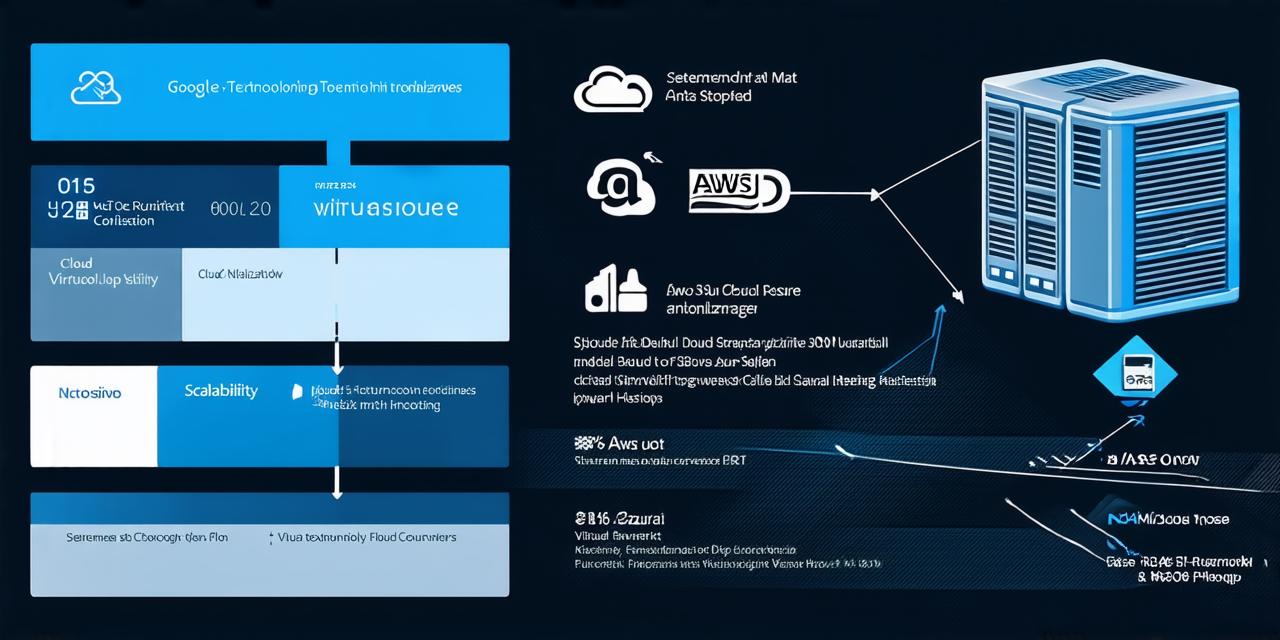In today’s fast-paced digital world, businesses need to be agile and responsive to changes in their operations. One of the ways they can achieve this is by leveraging cloud hosting services. However, not everyone understands what cloud hosting is or how it works. In this article, we will explore these topics and provide a comprehensive guide to help you understand the concept better.
What Is Cloud Hosting?
At its core, cloud hosting is a method of storing and delivering data, applications, and services over the internet. Instead of relying on a single, physical server to host your website or application, cloud hosting distributes the load across multiple servers in a network, known as the cloud. This allows you to access your data and applications from anywhere with an internet connection.
One of the main benefits of cloud hosting is its scalability. You can easily increase or decrease the amount of resources you use, depending on your needs. For example, if your website experiences a sudden surge in traffic, you can quickly scale up your hosting resources to handle the increased load.

Another benefit of cloud hosting is its cost-effectiveness. With cloud hosting, you only pay for the resources you use, and you don’t have to invest in expensive hardware or infrastructure. This makes it a popular choice for small businesses and startups that may not have the resources to build their own data centers.
How Cloud Hosting Works
The process of cloud hosting is relatively simple. When you sign up for a cloud hosting service, you are assigned a virtual machine, or VM, on which to host your website or application. This VM is essentially an emulated computer that runs on the cloud network.
To access your data and applications, you need to connect to the cloud network using a secure connection, known as a virtual private network (VPN). Once connected, you can use standard networking protocols, such as HTTP and FTP, to transfer data between your machine and the cloud.
One of the key components of cloud hosting is load balancing. Load balancing distributes incoming traffic across multiple servers in the cloud, ensuring that no single server becomes overwhelmed with requests. This helps to ensure that your applications remain responsive and available to users, even during periods of high traffic.
Another important aspect of cloud hosting is security. Cloud hosting providers typically use a combination of hardware and software-based security measures to protect their customers’ data and applications from cyber attacks. These measures include firewalls, intrusion detection systems, encryption, and access controls.
Real-Life Examples of Cloud Hosting in Action
Cloud hosting is being used by businesses of all sizes and industries to improve the performance and reliability of their websites and applications. Here are a few real-life examples:
- Dropbox: The popular file sharing service uses cloud hosting to power its infrastructure, which includes servers for storing files, databases, and application code. Dropbox’s use of cloud hosting has allowed it to scale quickly as it has grown, while also maintaining high levels of performance and reliability for its users.
- Netflix: The streaming video giant uses cloud hosting to deliver its content to millions of users around the world. Netflix relies on a global network of servers, located in data centers around the world, to ensure that its videos are available to users with low latency and high speeds.
- Intuit QuickBooks: The popular accounting software uses cloud hosting to power its online version of the application. By using cloud hosting, Intuit can provide users with a more seamless and convenient experience, while also reducing the costs associated with maintaining its own data centers.



